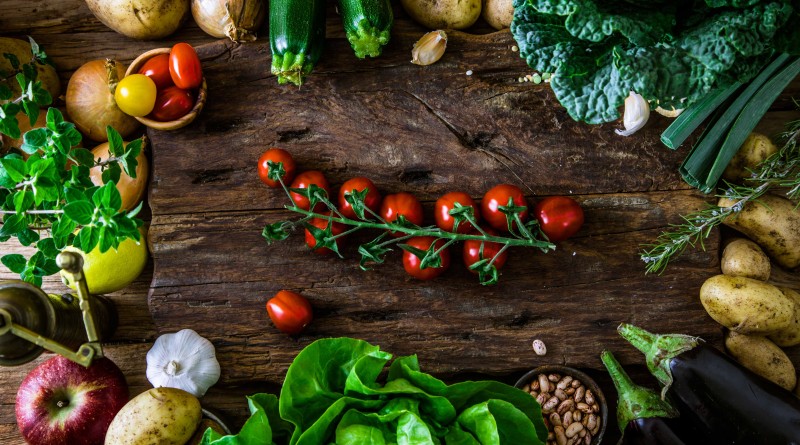The power of legumes
The advantages of a diet full of these superheroes are numerous. Strive to consume legumes.
Legumes are plants whose seeds grow in pods, some of the best known chickpeas, beans, peas, soybeans, lupins, lentils or broad beans.
Although the Mediterranean diet is rich in this type of food, it never hurts to praise its properties for the health of our body. They provide a unique combination of proteins, carbohydrates, fiber, vitamins and minerals, have low fat and can significantly help to decrease LDL, i.e. the “bad” cholesterol. The consumption of legumes dates back to the earliest agricultural practices and always have been attributed healing, cultural and nutritious powers.
Legumes are, after cooked, extremely nutritious and rich in protein – it is in them, by the way, which is the highest concentration of protein in the plant kingdom. It also contains high amounts of fiber, considerable portions of calcium, potassium, iron, magnesium and phosphorus and are rich in B-complex vitamins.
The high content of fiber and protein makes Legume a superfood. Ideally, the legumes should enter our daily nutrition and nutritionists point to be powerful weapons against cardiovascular disease, certain types of diabetes and cancers; it also contains carbohydrates of slow absorption, eating them give you a great feeling of satiety, which reduces appetite and are great allies of all those who wish to lose weight.
These complete foods can be prepared and consumed the most diverse forms: cold or hot, in salads, soups, main courses and even in pâtés and purees. If you include these foods frequently in diet, you can even reduce consumption of meat, fish and eggs.
Because they are very nutritious, legumes should also be included early in the diet of children, besides having the additional benefit of being inexpensive foods.







